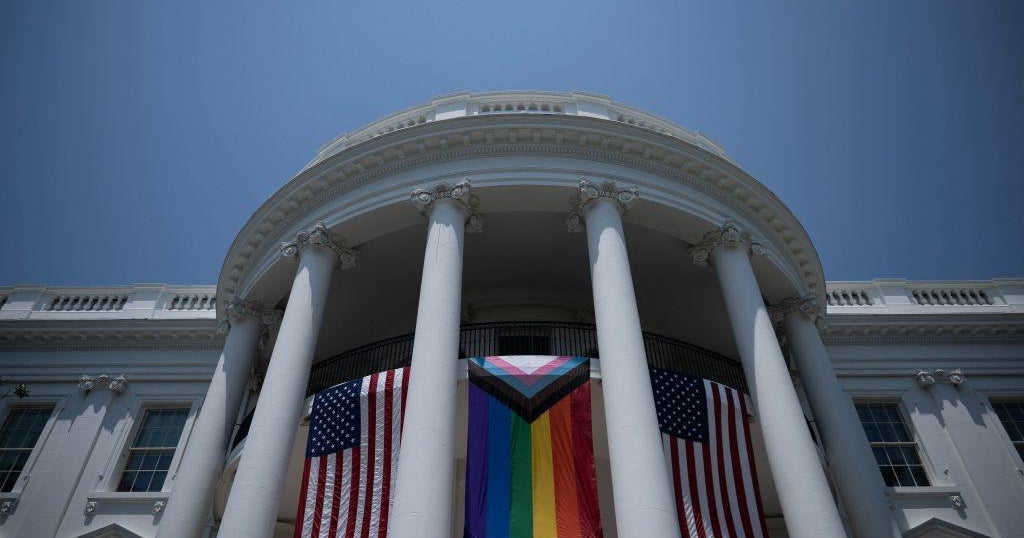Biden administration cancels $7.7 billion in student debt for 160,500 people. Here's who qualifies.
The White House on Wednesday said it has approved $7.7 billion of student debt cancellation for 160,500 borrowers, part of its ongoing effort to provide relief after the Supreme Court last year blocked President Joe Biden's plan for broad-based college loan forgiveness.
With the latest round of forgiveness, the administration has erased a total of $167 billion in student loans for 4.75 million people, or about 1 in 10 student loan borrowers, the Department of Education said.
The people who qualify for forgiveness in the latest round of debt cancellation include public servants such as teachers and law enforcement officers, as well as tens of thousands of people who have signed up for Biden's new loan repayment program, called SAVE. That program, created last year, pegs a borrower's monthly payment to their income, lowering their financial payments, and is designed to fix a pitfall of earlier repayment programs that allowed interest to snowball.
"One out of every 10 federal student loan borrowers approved for debt relief means one out of every 10 borrowers now has financial breathing room and a burden lifted," U.S. Secretary of Education Miguel Cardona said in the statement.
Concerns about the cost of college are on the rise, with about half of Americans saying college is worth the money only if you don't have to go into debt, according to a new Pew Research Center analysis. And only about 1 in 5 Gen Z college grads say their diploma was worth the investment, compared with more than half of baby boomers, MassMutual found in a new survey.
Here's what to know about the latest round of forgiveness.
Who qualifies for loan forgiveness?
The Biden administration said there are three groups of borrowers who have been approved for forgiveness in the latest round.
- 66,900 borrowers will have $5.2 billion forgiven through the Public Service Loan Forgiveness program, which is designed to help public servants such as teachers, nurses and law enforcement officers get their debt canceled after 10 years of repayments.
- 54,300 borrowers will have $613 million forgiven through the SAVE plan.
- Another 39,200 borrowers will have $1.9 billion forgiven through adjustments to their income-driven repayment plans. These plans were sometimes mismanaged by loan servicers, which made it more difficult for some borrowers to achieve forgiveness.
How will I know if I qualify for forgiveness?
The Biden administration said that people who qualify under this latest round of debt cancellation will get an email about their approval.
The debt cancellation will then be processed in the next few weeks, it added.
Will Biden offer more student loan forgiveness?
Yes, because the Biden administration is working on a new effort to provide broad-based loan forgiveness through the Higher Education Act.
The new plan could provide relief to about 30 million borrowers, either erasing some or all of their college loans.
The Biden administration on Wednesday said the public comment period on the new regulation closed on May 17, with the Department of Education now reviewing the thousands of comments it received.
"Our goal is to publish a final rule that results in delivering relief this fall," the Education Department said in the Wednesday statement.
How can borrowers sign up for SAVE?
The SAVE plan is open for enrollment here.
The income-drive repayment plan bases monthly payments on income and family size, with some lower-income households with more family members paying little to nothing each month. For instance, a family of four with less than $50,000 in annual income would have monthly payments of $0.
Another benefit to the program is that it eliminates snowballing interest. In previous plans, borrowers sometimes saw their balances grow if their monthly payments didn't cover all their interest, a financial situation called "negative amortization." That's why some borrowers may have left college with, say, $20,000 in debt but ended up with much larger balances even after years of repayment.



